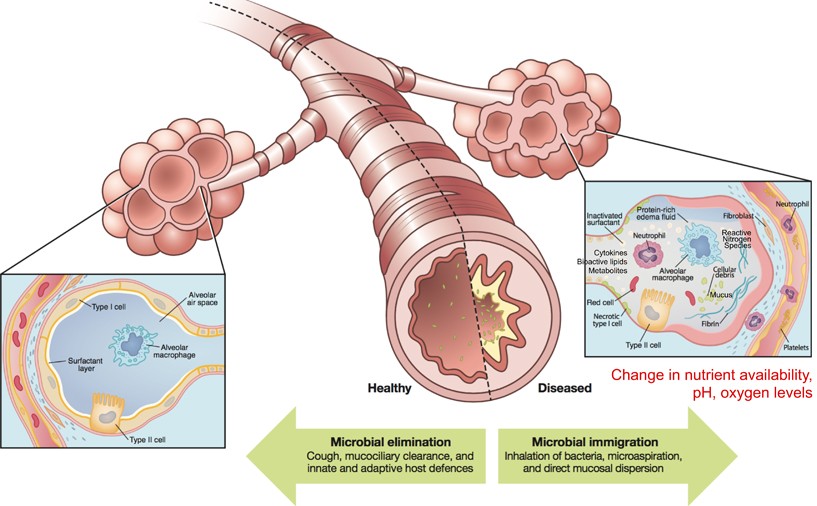Background
5 to 6 million American women live with Polycystic Ovary Syndrome (PCOS). According to the endocrine society, PCOS affects 7–10% of women of childbearing age and is the most common cause of infertility (Solorzano et al., 2022). PCOS is characterized by consistent inflammation, an irregular menstrual cycle, an excess production of male hormones, cysts formed on the ovaries (which cause pain in the uterine area), and dysbiosis. Dysbiosis is defined by an imbalance in bacterial makeup, changes in bacterial metabolic activities, or changes in distribution of bacteria within the gut. It is involved in the process by which many diseases develop or progress (“pathogenesis”). There are three types of dysbiosis according to a study in an Irritable Bowel Syndrome (IBS) journal: 1) Loss of beneficial bacteria, 2) Overgrowth of potentially pathogenic bacteria, and 3) Loss of overall number of species of bacteria (DeGruttola et al., 2016).
Continue reading “Could drinking this yogurt beverage daily decrease Polycystic Ovary Syndrome symptoms?”

